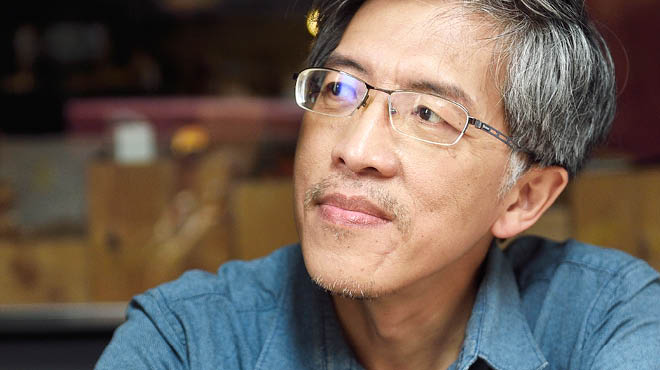Recent Posts
-

-
 Patient StoriesA lifesaver saved: An EMS veteran’s journey from rescue to recoveryNovember 14, 2025
Patient StoriesA lifesaver saved: An EMS veteran’s journey from rescue to recoveryNovember 14, 2025 -

Quick recovery from kidney cancer with ablation therapy

Carol Adams is only half joking when she says she's had worse root canals than the treatment she underwent recently to kill a cancerous mass on her kidney.
"It was as if I had gone out to lunch and come back," the 77-year-old Altoona, Wisconsin, resident said of her minimally invasive microwave ablation treatment. "I still marvel at it."
Carol's journey began in March when she underwent knee replacement surgery. While recovering, she became short of breath and went to the Emergency Department — where a CT scan revealed blood clots in her right lung. She received treatment and weeks later had a repeat CT scan performed.
"That CT scan caught the top of my kidneys, and on my left kidney, they discovered a spot," Carol recalls.
An unexpected problem
Melissa Nissen, M.D., a urologist at Mayo Clinic Health System in Eau Claire, says characteristics on the CT scan made it more suspicious that Carol's "spot" was going to be a solid mass, making it concerning for a cancerous lesion rather than a cystic lesion. So she referred her to Jeremy McBride, M.D., an interventional radiologist at Mayo Clinic Health System in Eau Claire, for an ultrasound, biopsy and further workup.
"It did turn out to be cancer, meaning it had the ability to spread to other parts of her body if it had been left alone and nothing was done," Dr. McBride says.
It was time to devise a treatment plan. Although she had many choices available to her — everything from active surveillance to surgery — she chose a percutaneous — through the skin — option called microwave ablation.
Using CT guidance while Carol was under general anesthesia, Dr. McBride placed two microwave needles through two 2-millimeter needle holes in her side. He then biopsied the mass through a third 2-millimeter needle hole. After the biopsy, the microwave needles were activated, destroying the tumor. From start to finish, the entire process took 90 minutes.
"I got to my room. I had no pain whatsoever, and I was discharged from the hospital two or three hours later," Carol says. "I went home, was fine, had no pain pills, no side effects. That was it, and it's been good ever since."
Carol describes the care she received from her medical team as "extra extraordinary."
"I am just so pleased," she says. "For a while, it seemed like it was just one thing after another, and I was getting frustrated. But Dr. Nissen and Dr. McBride explained everything so calmly and are such competent people that I immediately felt at ease."
A reassuring voice
Breaking tough news in a composed and even-keeled manner is key in what can be stressful times, Dr. Nissen says.
"I like to put myself in their shoes," she says. "Carol already had a rough month before she met me. Her orthopedic surgery was successful but, unfortunately, complicated by a pulmonary embolism. I wanted to provide reassurance. I discussed with her that even though this mass is likely going to be cancerous, it's small and we caught it early. She was going to have several options that would be curative with a very low likelihood of recurrence."
Dr. Nissen says Carol's story is one that other patients in similar situations should note.
"Minimally invasive approaches are good options in patients who are older or have medical comorbidities," she says. "Even though I'm a surgeon and I like to operate, I like to make sure patients know all of their options, including minimally invasive approaches that offer disease-free survival rates that are comparable to surgery."
Carol says that she's told all her friends about her "amazing cancer experience."
"That procedure was unbelievable. It just amazes me," she says. "Everybody I run into I tell about it because it's just so beyond what you would think."


